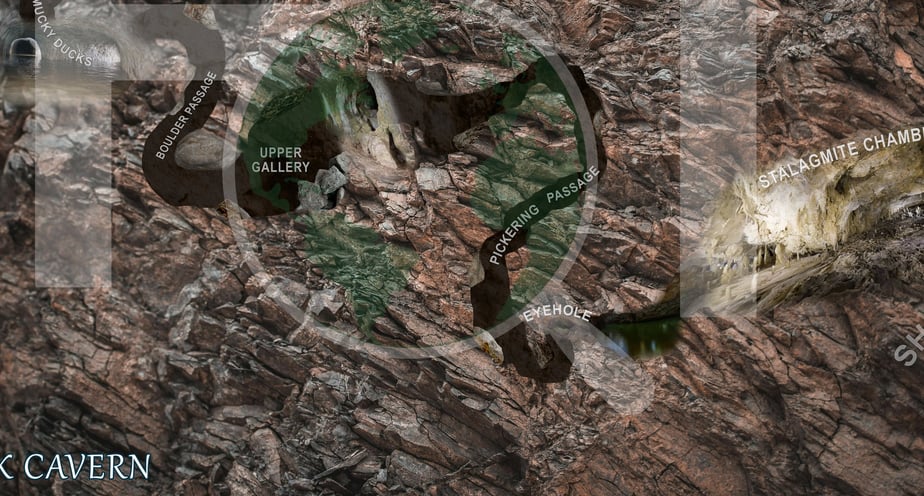On Sunday, March 22nd, 1959, a group of eight cavers embarked on a daring expedition into Peak Cavern, a renowned cave overlooking Castleton in Derbyshire, England. Among them was Oscar Hackett Neil Moss, a 20-year-old philosophy student at Balliol College, Oxford, known for his passion for exploration. He was accompanied by members of the British Speleological Association, sharing in the excitement of the venture.
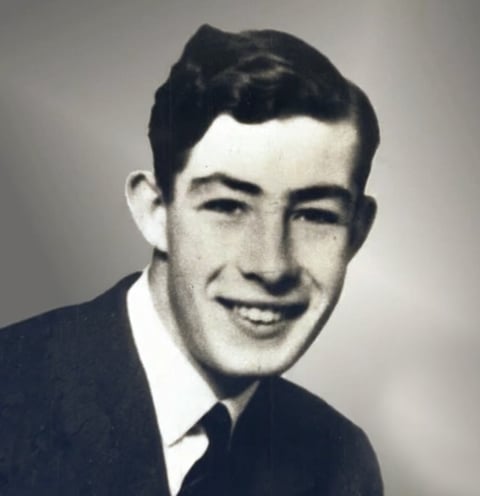

Oscar Hackett Neil Moss
Their goal was to delve into a passage located approximately half a mile from the cave entrance, pushing the boundaries of the known system, and to investigate a fissure discovered two weeks prior in a side chamber.
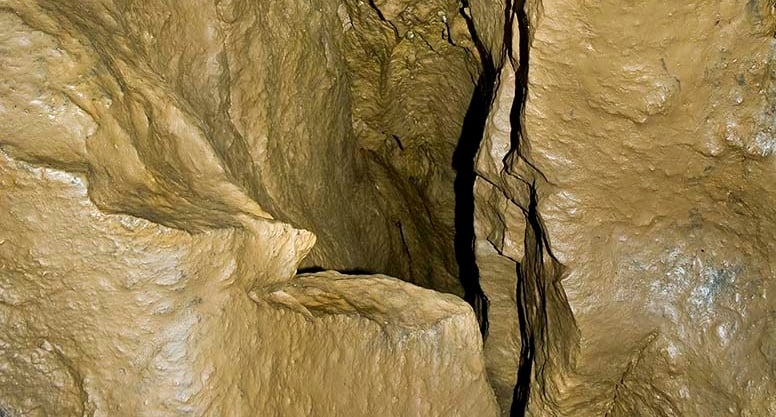

A fissure discovered two weeks prior in a side chamber
Access to the cave posed its own set of challenges, descending about 1000 feet below the ground through a labyrinth of secret caves. Upon entering, the cavers confronted the formidable Mucky Ducks section, navigating a tight, wet squeeze tunnel that, particularly after rainfall, often filled with water. This led to the Boulder Passage, a comparatively easier section, though it demanded negotiating a series of irregular obstructions. Approximately 150 meters into the passage, a 3m climb on the north wall of the Upper Gallery awaited them.
Map of the Peak Cavern in in Castleton, Derbyshire, England
On one side, high above a steep, muddy scree, lay Pickering Passage—an extended narrow crawl requiring a combination of kneeling and full-length maneuvering. It concluded with an awkward bend and a muddy sump. Above, The Eyehole, just large enough to accommodate a human body, marked the next challenge. Beyond a thigh-deep muddy pool, the passage culminates in one of the best decorated chambers - Stalagmite Chamber, now known as Moss Chamber.
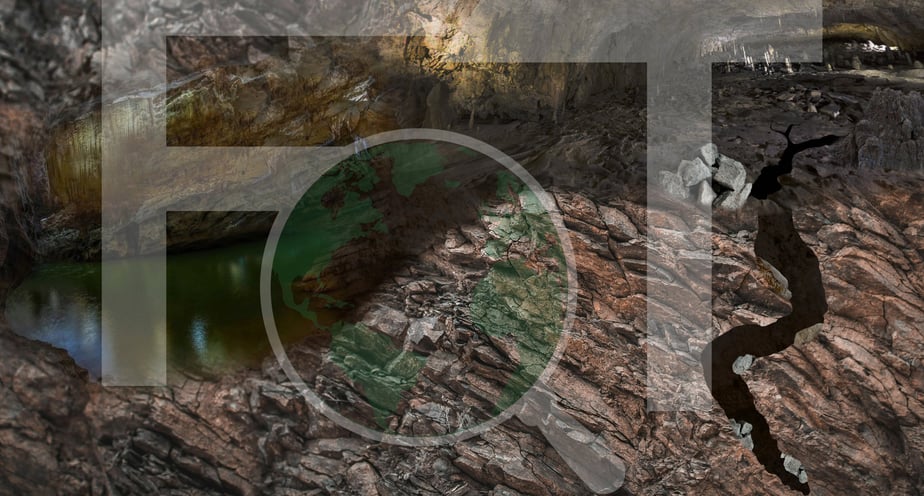

Stalagmite Chamber (Neil Moss Chamber)
Neil was well aware of the chamber and the mysterious tight shaft that had been previously discovered. He couldn't contain his anticipation to witness the breathtaking chamber and explore the fissure. As the team entered the cave, it demanded over an hour of intense elbowing, crawling, and climbing. This was no ordinary excursion—it was a challenging adventure, a thousand feet below ground, requiring significant energy and effort.
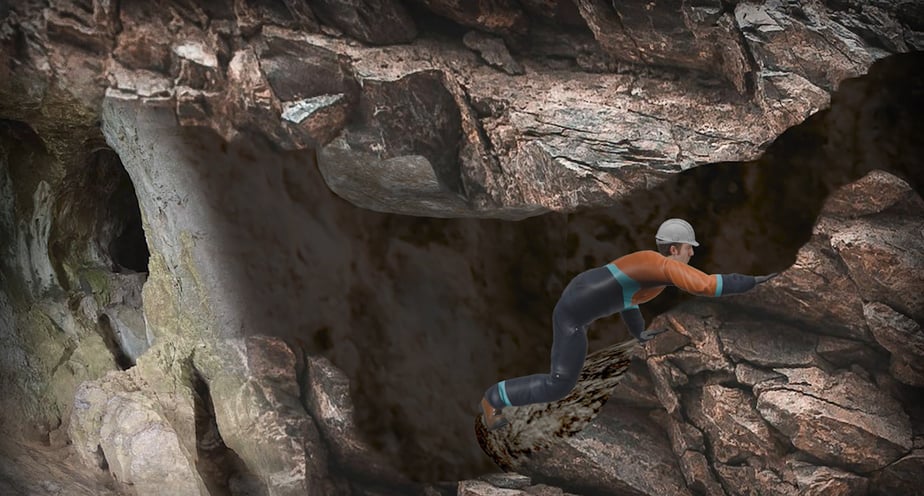

Neil is crawling into the side chamber
Upon reaching the designated chamber, they took some time to walk around and marvel at the natural beauty surrounding them. Despite their fatigue from the arduous crawling, the group eagerly approached the fissure in the ground. The entrance to the fissure was spacious enough for an average person to pass through, measuring around 1 meter by 70 centimeters. Curiosity consumed Neil as he pondered what lay beyond the passage.

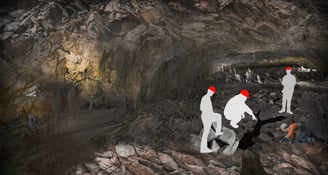
Neil is looking down into the shaft
No one had ventured all the way down the shaft, but they estimated its depth to be approximately forty feet. The shaft hung slightly off vertical for twelve feet, followed by a challenging corkscrew twist leading to a ten-foot-long inclined bedding plane, and then a further vertical eighteen-foot drop.
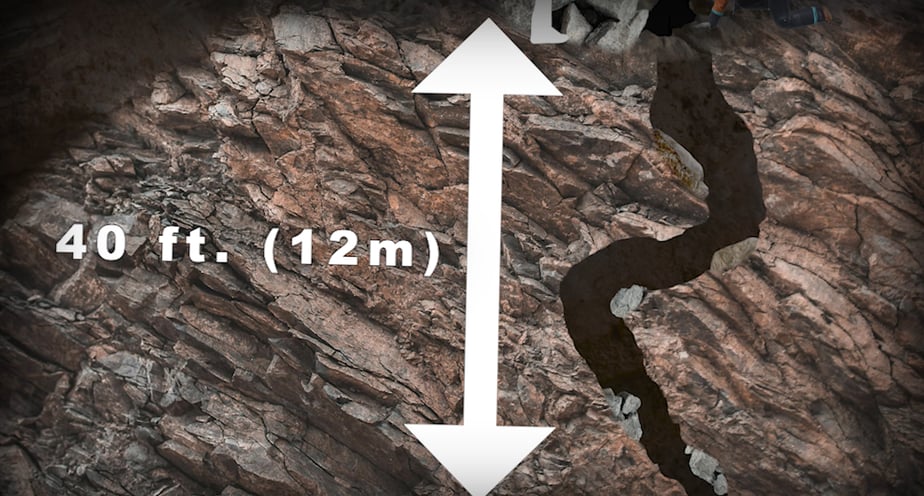

Diagram of the shaft
Around 3:30 p.m., the group lowered a flexible-sided ladder that is used to access confined spaces and difficult-to-reach locations. Moss began his descent into the unknown, maneuvering and slithering his way down. He wasn't secured with a belay, as it was believed that the narrowness of the fissure would prevent him from sliding down. Shortly after beginning his descent, he encountered an incredibly narrow, confined, and claustrophobic corkscrew compression.
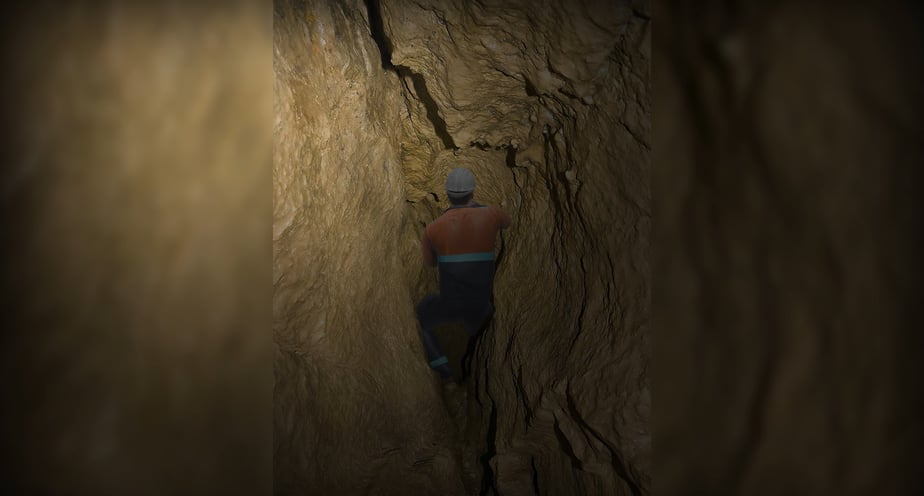

Neil Moss began his descent into the unknown shaft
Despite the challenges, he managed to navigate through it, feeling a sense of accomplishment. Yet, he was not aware of the next few feet. Throughout his descent, he maintained constant communication with the team, assuring them that everything was proceeding according to plan.
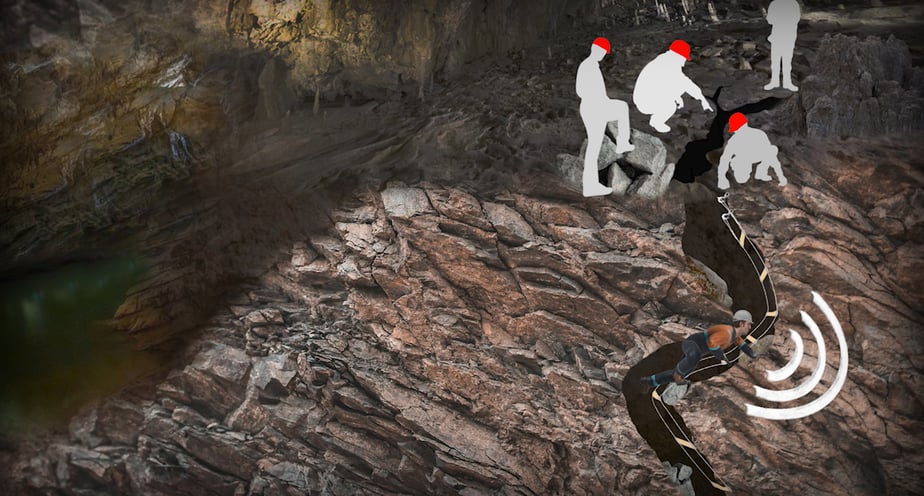

Neil is passing the corkscrew compression
After successfully negotiating the corkscrew twist, Moss gained access to the remainder of the shaft. As he continued his descent, he began to feel irregularities with his footing. Initially, he may have believed he could maneuver around them as he had in the corkscrew section. After some time attempting to progress, he eventually realized that a boulder was obstructing his path. Understanding that he couldn't dislodge the boulder and maneuver within the confined space, he made the difficult decision to climb back up.
Unfortunately, Moss found himself unable to lift his feet sufficiently to ascend the ladder. He became sandwiched in an elliptical crevice only eighteen inches wide and called out to the others for assistance. The slit was slightly wider than a 15-inch laptop. Despite their efforts to lift Neil a few feet by pulling on the ladder, it became jammed between the cave surface and Moss's body. His cries for help echoed from the depths of the hole as he found himself trapped, unable to move in either direction.
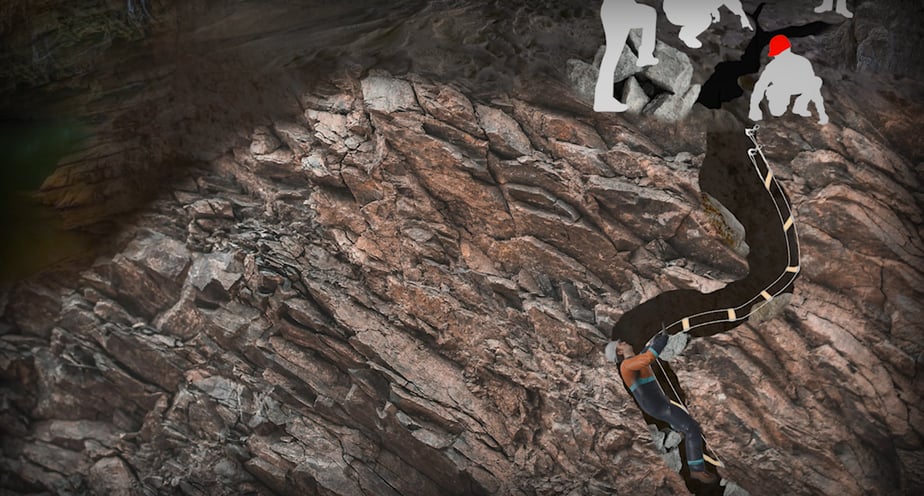

Neil Moss found himself trapped
Difficulties such as these are not uncommon in caving, and initially, Moss's companions assumed that rescue would be a straightforward matter of lowering ropes and pulling him to safety. But soon they realized the seriousness of the situation. A light hand line was lowered to assist his return, but several attempts to haul him up with ropes ended in failure, with each rope snapping or shearing on the rock edge. This likely induced panic in Moss, and as he attempted to climb upward, he became firmly lodged just below the corkscrew. Unable to bend his legs to grip the ladder or flex his elbows to ascend further, he found himself in a perilous predicament.

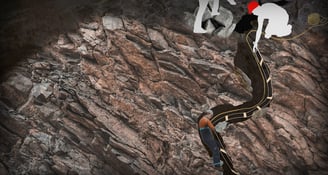
A light hand line was lowered to assist Moss's return
Recognizing the urgency of the situation, some of the cavers departed to seek additional help. Within hours, volunteers from across England converged on Peak Cavern, driven by a shared determination to free the trapped Neil. Hundreds of volunteers, along with assistance from the Royal Air Force, police, and even the Navy, rallied to join the rescue efforts. Just a few hours after Neil became trapped, the rescuers encountered another unforeseen obstacle. By this time, the atmosphere in the shaft had become severely polluted, with Moss's body cutting off the airflow. His disorientation became evident, and his behavior grew increasingly irrational. Witnesses described him as less cooperative, seemingly unconcerned about the severity of his situation, and even suggesting to others that they leave and grab a meal.
Experienced cavers were dispatched down the shaft to reach Neil Moss, but one by one, they were forced back by the toxic air. Three of the volunteers lost consciousness while attempting the descent. Finally, the fourth volunteer, Ron Peters, managed to secure a rope around Moss's chest. Upon starting to pull, they realized that this only worsened his breathing difficulties.
Word of his plight spread rapidly through nearby villages. Seasoned cavers, renowned for their bravery and resourcefulness, hastened to Peak Cavern. Armed with ropes, oxygen masks, and makeshift stretchers, they were determined to navigate the perilous shaft. But the descent proved grueling. The narrow passage, scarcely wider than a shoulder, twisted and turned, triggering feelings of claustrophobia. The air, tainted with Neil's exhalations, assaulted their lungs and clouded their vision. One by one, they emerged defeated, gasping for fresh air, their eyes reddened and stinging.
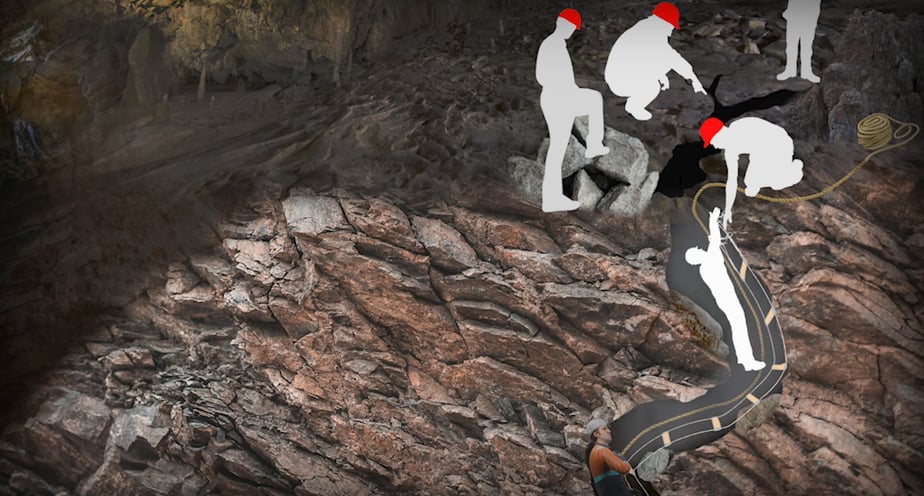

The rescue team was forced back by the toxic air
The Royal Air Force airlifted oxygen cylinders and specialized equipment to the scene. When a delivery of oxygen tanks arrived at 12:30 a.m., there was hope that it would revive Moss and facilitate his rescue. Although the air quality marginally improved, it remained insufficient. It was decided to continue pumping oxygen throughout the night, with plans to send in a nimble, experienced caver capable of navigating the narrow shaft first thing in the morning.
In the early hours of the second day, eighteen-year-old June Bailey arrived, determined to descend into the depths. She proposed breaking Moss’s collarbones if necessary to free his shoulders and create enough space to pull him out. Yet, even the efforts of the legendary Bailey and other volunteers were thwarted by the noxious fumes, forcing them back.
By early Monday afternoon, nearly 24 hours since Moss had entered the cave, his labored breathing could still be heard. Despite the desperate situation, the team remained determined to persevere. Compressed air cylinders were utilized in an attempt to clear the foul air from the shaft. The walls, ladder, and rope were coated in mud, obscuring Moss's location. All that could be seen was a muddy blockage far below, with Moss firmly jammed in an immovable position, one arm forced into a recess under a ladder rung in a futile attempt to free himself.
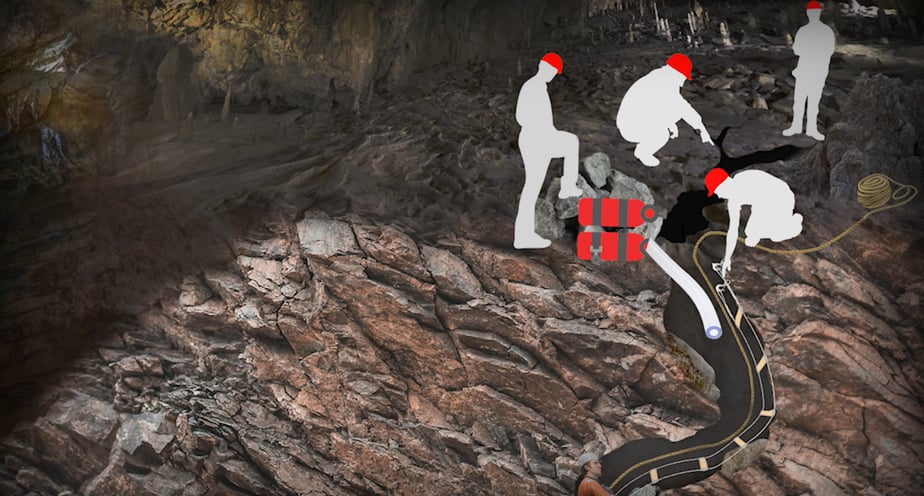

Compressed air cylinders were utilized in an attempt to clear the foul air from the shaft
Meanwhile, the incessant rain threatened to flood the Mucky Ducks area of Peak Cavern. As a precautionary measure, it was advised to withdraw for everyone’s safety. Once the rain eased off, accompanied by an RAF doctor who had joined the rescue effort, they returned to the head of the shaft where they had last heard Moss breathing, but this time there was no sound. Neil Moss was declared dead on Tuesday, March 24th, 1959. Dr. Hugh Kidd described the experience as the first and only time he had declared death without actually seeing the patient.
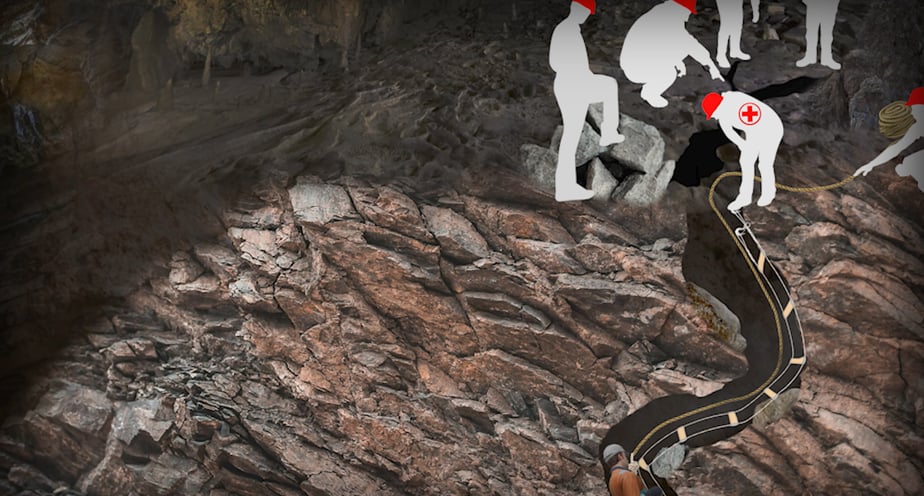

Neil Moss was declared dead on Tuesday, March 24th, 1959
Throughout the ordeal, Moss's father, Eric Moss, waited at the tunnel entrance. It was he who requested that his son’s body be left in place before anyone else risked their lives. Contrary to popular belief, the lower part of the shaft was sealed with loose rocks collected from the chamber floor, not with concrete as often reported. The once well-decorated chamber that housed the tiny shaft eventually became Neil Moss’s final resting place.
The story of Neil Moss captured worldwide attention, making headlines in newspapers across America, Australia, and the UK. Today, the Stalagmite Chamber is named Moss Chamber in memory of the courageous young caver who tragically lost his life.
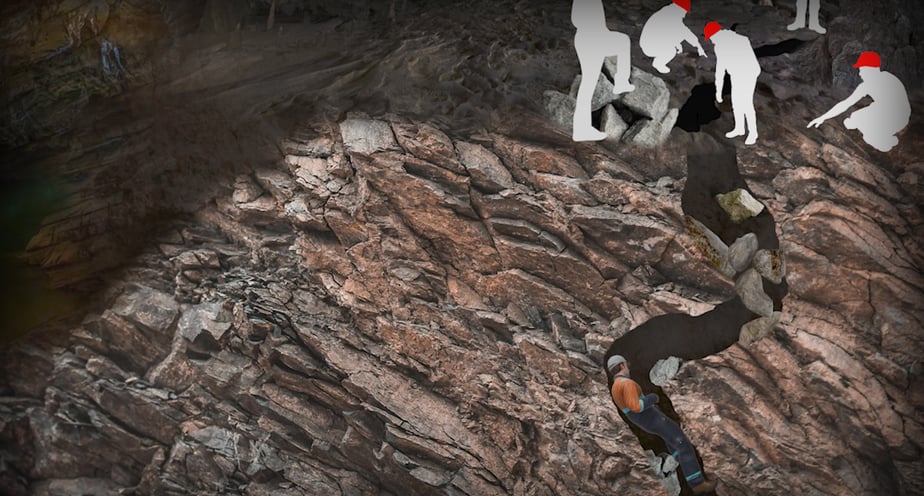

Neil Moss’s final resting place
For a more detailed story breakdown, check out our official Faculty of Truth YouTube channel
